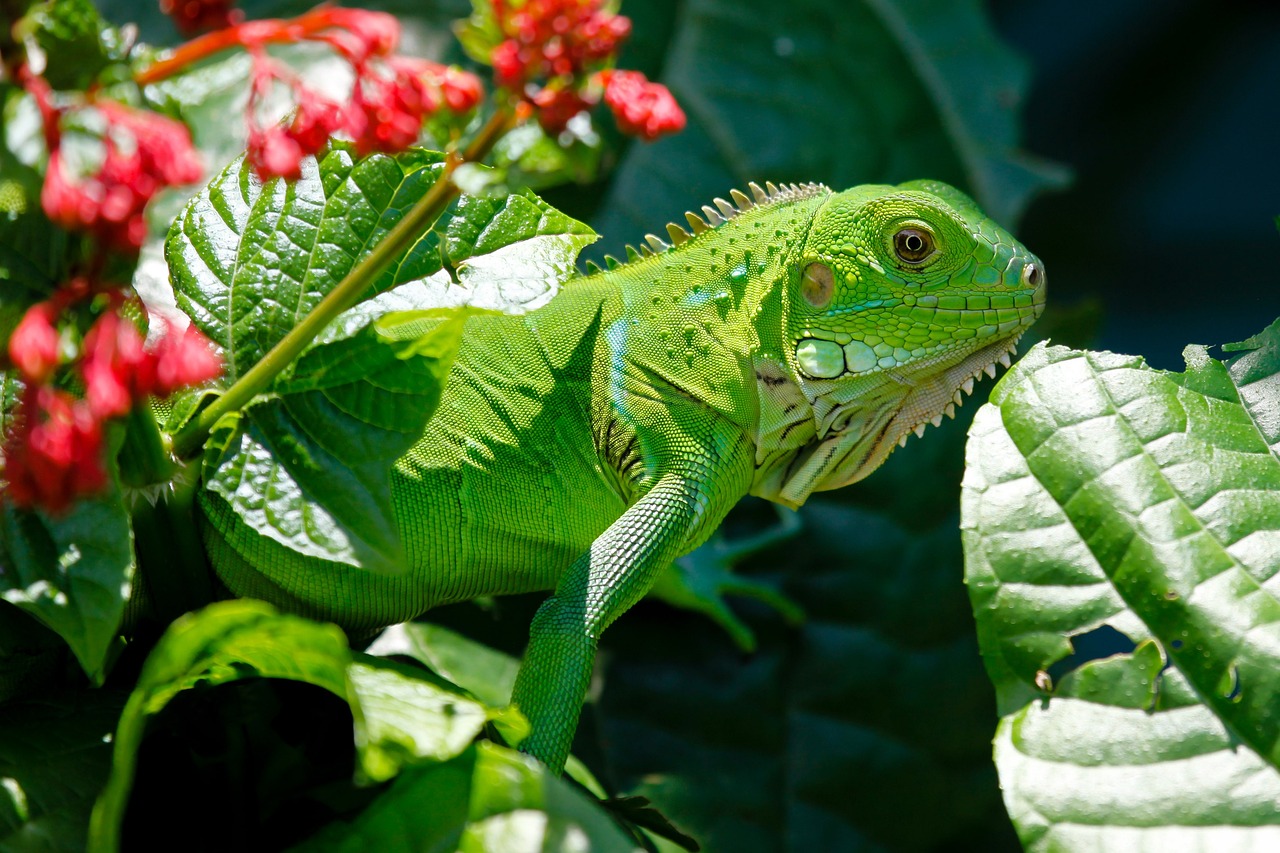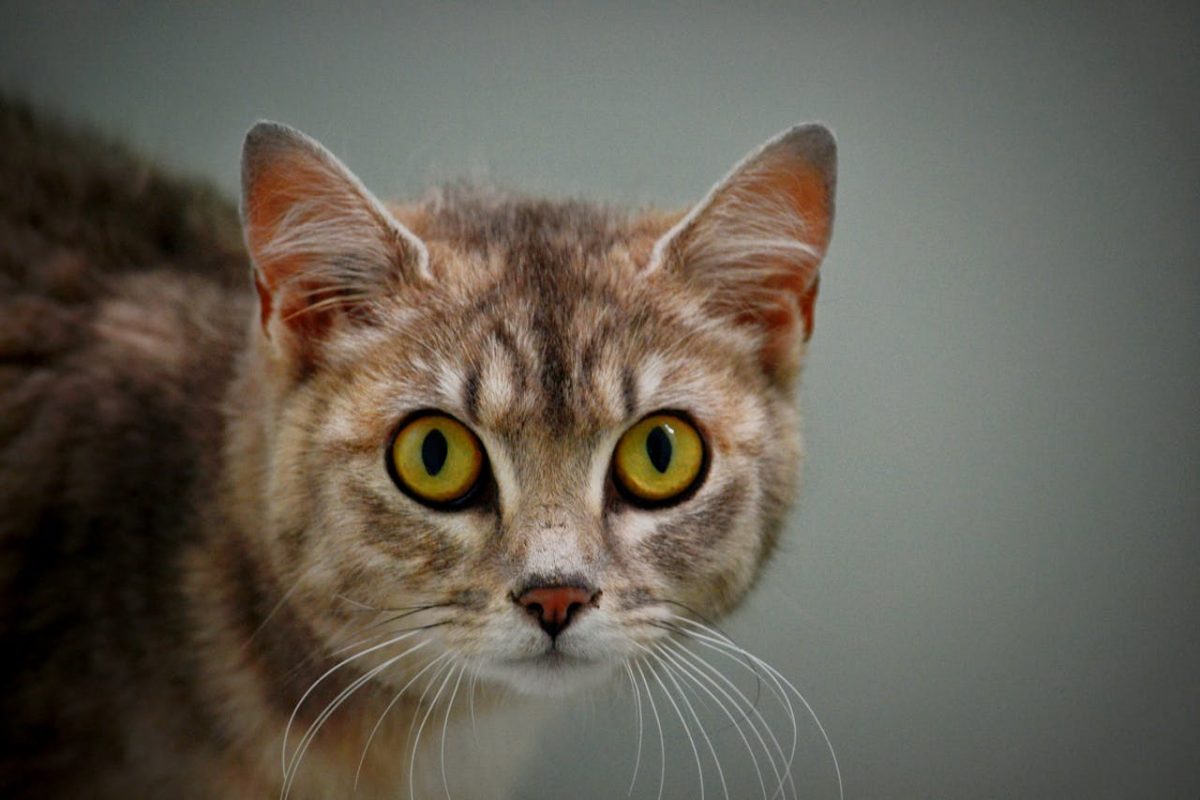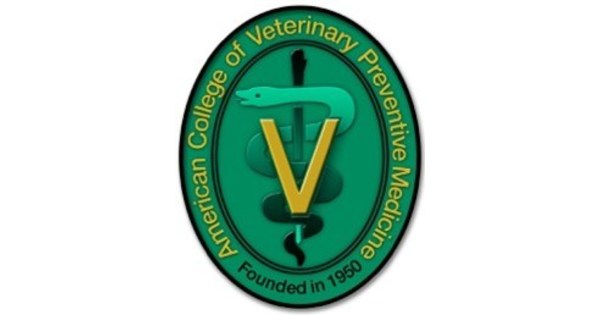Navigating the Intricacies of Radiography in Exotic Pets: A Guide for Veterinary Practitioners
Radiography stands as a cornerstone in the diagnostic process for not only traditional pets but also for the more exotic ones, including reptiles, birds, and small mammals like ferrets, rabbits, and rodents. These creatures often present unique challenges due to their distinct anatomical features and the frequent necessity for sedation to achieve accurate imaging.
Reptiles: Techniques and Challenges
Restraint and Sedation
Reptiles vary widely in their need for restraint during radiography. For instance, many can be manually restrained, but creatures like snakes often require sedation to prevent movement that could blur the images. Common sedatives used include intramuscular alfaxalone for snakes and a combination of ketamine, dexmedetomidine, and possibly midazolam for other reptiles like lizards and chelonians when detailed imaging of limbs or skulls is necessary.
Positioning for Clarity
The positioning of reptiles for radiographs is crucial due to their unique body structures. Lizards, for example, benefit from horizontal beam imaging to avoid organ displacement, a common issue due to their lack of a diaphragm. Chelonians, on the other hand, may need to be placed on elevated platforms to allow their limbs to hang freely, minimizing organ overlap in the images.
Avian Radiography: A Delicate Process
Handling and Sedation
Birds almost invariably require sedation for effective radiography, with midazolam and butorphanol being the drugs of choice. This not only ensures their safety but also facilitates the acquisition of high-quality images. Raptors might be an exception as some can be managed with hooding alone.
Strategic Positioning
For birds, ensuring proper alignment in the ventrodorsal and lateral views is essential. This often involves extending and securing the wings and legs to avoid overlap of anatomical structures in the coelomic cavity.
Small Mammals: Overcoming Size Constraints
Sedation Needs
Small mammals, particularly those that are nervous or fragile, often require sedation to mitigate the risk of injury during the imaging process. Agents like midazolam combined with butorphanol and sometimes ketamine provide a balance between muscle relaxation and pain relief.
Detailed Positioning
Whether it’s a dorsoventral projection for a comprehensive view or a focused lateral view to assess specific concerns like urolithiasis in guinea pigs, precise positioning is critical. This ensures that the resulting images are as informative as possible, aiding in accurate diagnosis and treatment planning.
Interpretation: More Than Meets the Eye
The interpretation of radiographs in exotic animals can be complex due to the overlapping of organs, lack of internal fat for contrast, and the presence of features like scales or shells. Advanced imaging techniques such as CT scans or specialized contrast studies are often necessary to obtain a clearer picture of the animal’s internal anatomy.
The Role of Continuing Education
For veterinary practitioners, staying informed about the latest techniques in exotic animal radiography is crucial. Workshops, specialized training, and literature on the subject can provide valuable insights into handling the unique challenges posed by these animals.
Conclusion
Radiography of exotic pets requires a nuanced approach tailored to the specific needs of each species. By understanding the unique anatomical and behavioral characteristics of these animals, veterinary practitioners can optimize the diagnostic process, ensuring better health outcomes for some of the most intriguing members of the animal kingdom. Whether it’s adjusting sedation protocols or modifying positioning techniques, each step taken is a step towards more effective and compassionate veterinary care.



